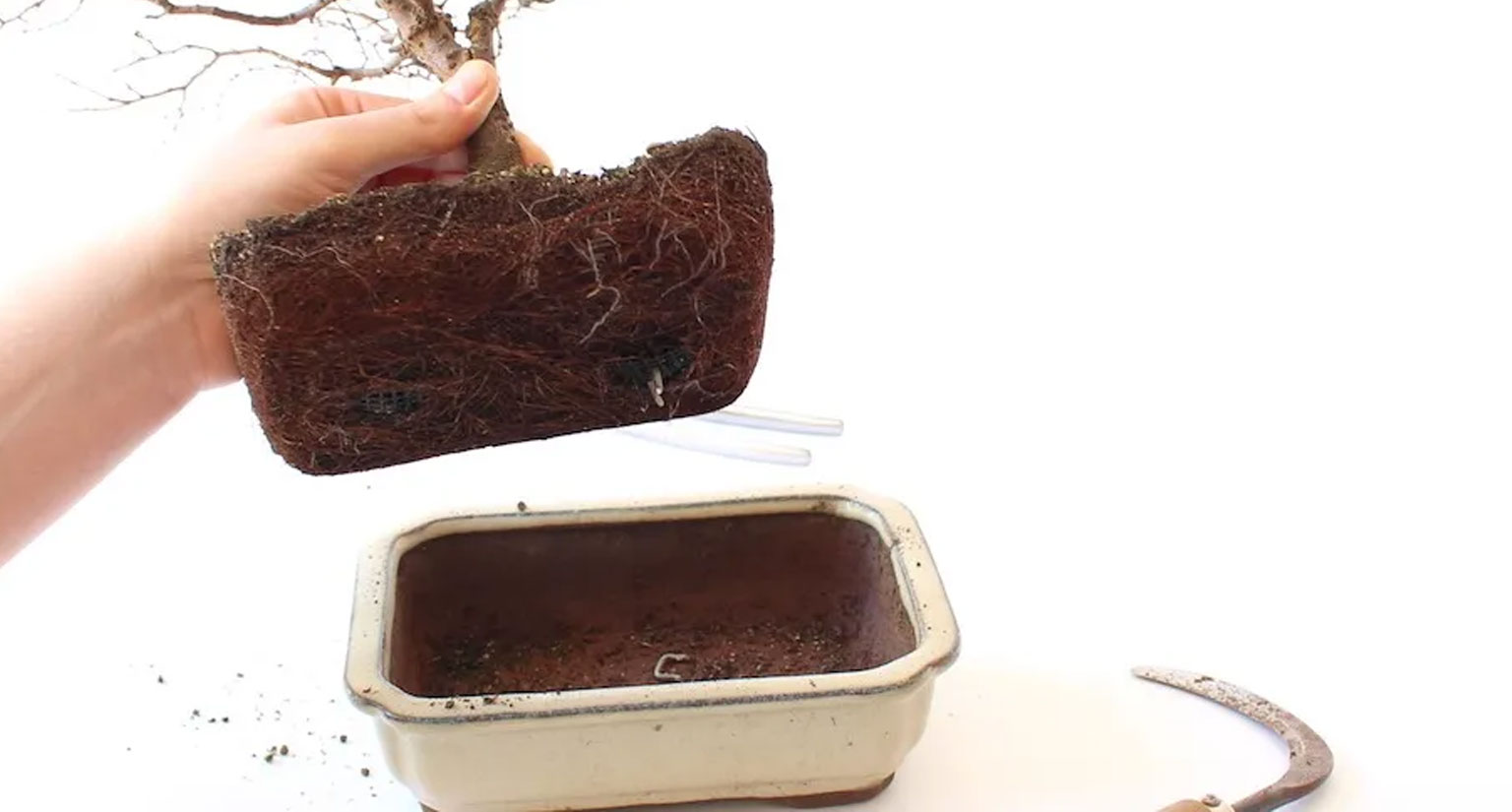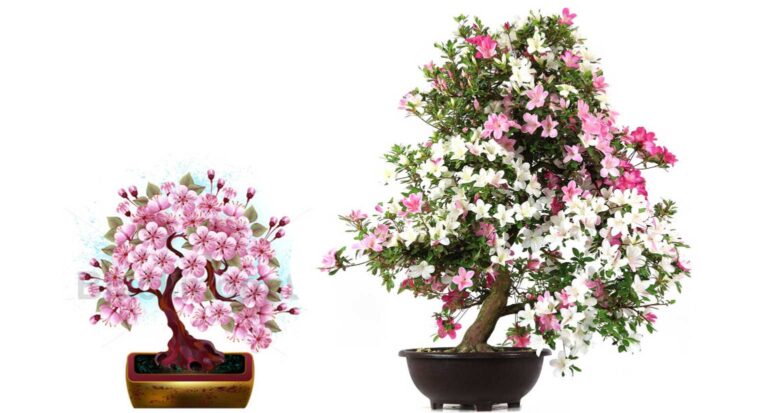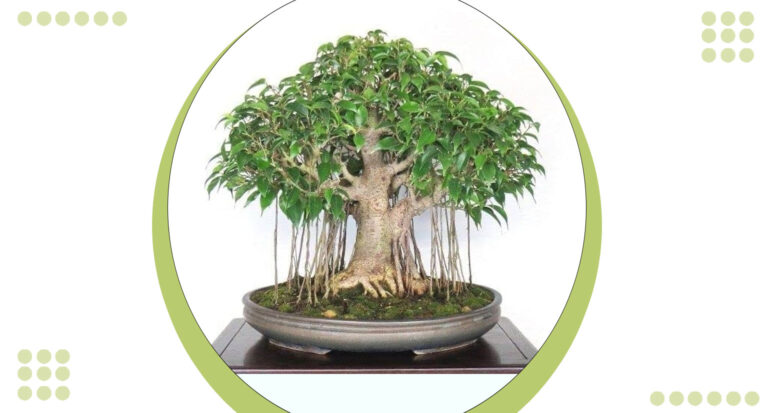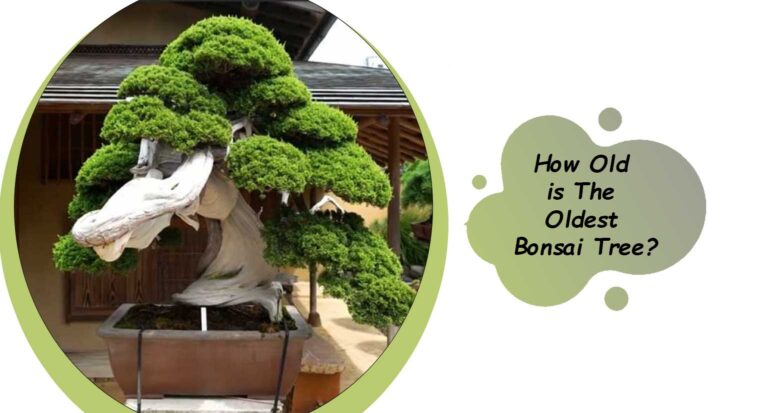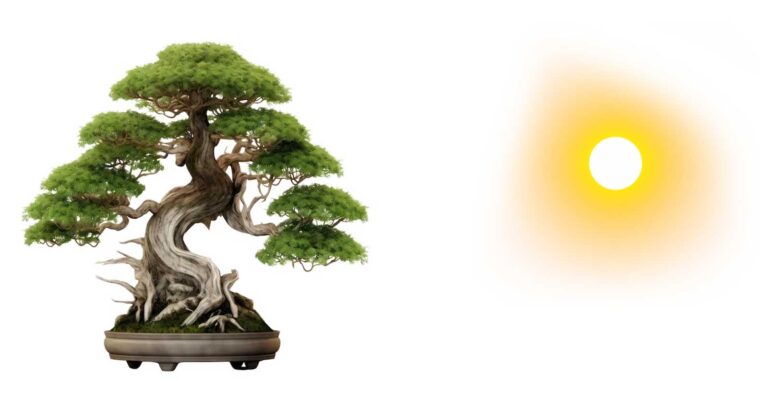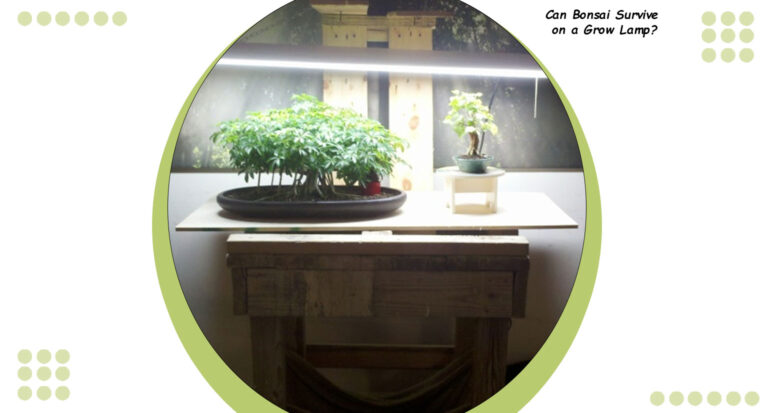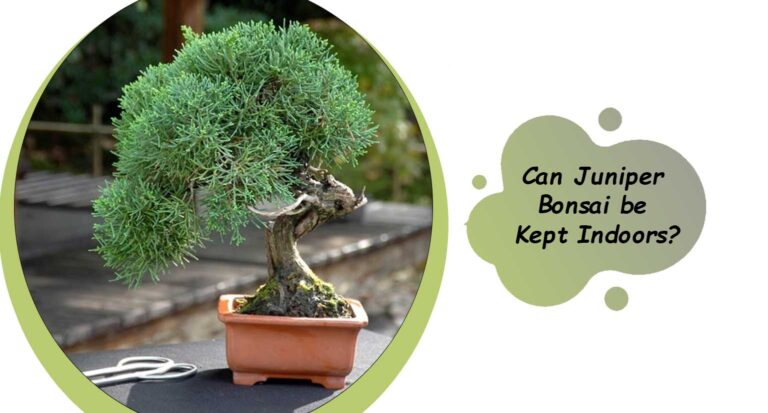When to repot a bonsai seedling
I have always found an incredible amount of happiness and contentment in gardening. I have grown a variety of plants over the years and watched them flourish into gorgeous specimens.
Today, I’d like to share my knowledge and experience with you, focusing on a critical question that every bonsai enthusiast encounters: “When to repot a bonsai seedling.”
A bonsai seedling’s staying alive is vital, and timing is everything when it comes to repotting. We will go into the nuances of this procedure in this article, explaining the ideal timing and methods to maintain the health and vitality of your bonsai seedling.
Let’s read more to informative journey and uncover the secrets of When to Repot a Bonsai Seedling.
How old should bonsai seedlings be before repotting?
Bonsai care, one of the most critical factors to consider is the age of your seedling before repotting. Repotting at the right age is essential to ensure the health and longevity of your bonsai tree. To understand when the ideal time for repotting a bonsai seedling is.
Seedling Age Matters
The age of your bonsai seedling plays a pivotal role in determining when to repot it. A bonsai seedling’s staying alive is vital, and timing is everything when it comes to repotting.
We will go into the particulars of this procedure in this article, explaining the ideal timing and methods to maintain the health and vitality of your bonsai seedling.
Signs of Repotting Readiness
Age is a fundamental factor, it’s equally essential to assess your bonsai seedling’s specific needs. Look for the following signs to determine if your bonsai is ready for repotting:
1. Rootbound Growth: When you notice that the roots have filled the pot and are circling the edges, it’s a clear indication that your bonsai is outgrowing its current container.
2. Reduced Vigor: If your bonsai’s growth has slowed down, and it’s not as vibrant as it used to be, it may be due to the lack of space for root expansion.
3. Visible Stress: Your bonsai may be having trouble finding the nutrients and room it needs if you notice wilting leaves, yellowing, or other symptoms of stress.
4. Seasonal Timing: The best time to repot a bonsai seedling is during the late winter or early spring when it’s still dormant. This minimizes the shock to the tree and allows it to recover more quickly.
Changes to the Guideline
The general rule of thumb is two to three years, however keep in mind that depending on the species of your bonsai, there may be exceptions.
In the same pot, certain species can survive for extended lengths of time, while others might need to be repotted sooner.
When to Repot a Bonsai Seedling
Repotting a bonsai seedling is a critical aspect of bonsai care, and getting the timing right is essential for the health and vitality of your miniature tree. Detail the ideal timing for repotting and the factors that influence this decision.
Seasonal Timing: Late Winter or Early Spring
In the world of bonsai, repotting success relies heavily on time. The optimal time to repot a bonsai seedling is during the late winter or early spring, just before the growing season begins. Here’s why this timing is crucial:
– Dormancy: During the winter months, bonsai trees are dormant, which means they are not actively growing. The tree could be made less stressed during this dormant stage of its life by being replanted.
– Root Growth: Repotting in late winter or early spring gives the bonsai a head start for the upcoming growing season. A tree can fully utilize the space and nutrients it has when its roots are freshly clipped and manicured.
– Less Stress: Repotting during the growing season can be stressful for the tree, as it must simultaneously adjust to new conditions and continue its growth. This stress is reduced during dormancy by repotting.
Bonsai’s Age and Health
The age and health of your bonsai seedling are vital factors to consider when deciding when to repot. As mentioned earlier, it’s generally recommended to repot bonsai seedlings when they are around two to three years old. However, here are additional points to keep in mind:
– Healthy Growth: Ensure that your bonsai is exhibiting vigorous and healthy growth. Repotting a sickly or weak bonsai may further weaken it, so focus on enhancing its overall health before repotting.
– Rootbound Signs: Keep an eye out for signs of a rootbound bonsai. If the roots are densely packed, circling the pot, or growing through drainage holes, it’s time for repotting.
– Environmental Considerations: Consider the climate and environment in your region. If you experience extreme weather conditions, you might need to adjust the timing slightly to better suit your bonsai’s needs.
Species-Specific Variations
It’s essential to be aware that the timing of repotting can vary depending on the species of bonsai you’re growing. Some species may tolerate earlier or later repotting, so research the specific requirements of your tree.
In conclusion, determining when to repot a bonsai seedling involves a combination of seasonal timing, the age and health of the tree, and the unique characteristics of the species.
By carefully considering these factors, you can ensure that your bonsai thrives and continues to be a source of beauty and inspiration.
How are Bonsai Seedlings Repotted?
Repotting a bonsai seedling is a delicate procedure that requires careful attention to detail. When you’ve determined the right time for repotting your bonsai, the next step is to understand how to carry out the process effectively. Let’s dive into the step-by-step guide on repotting your bonsai seedling.
Gather Your Tools and Materials
Before you begin, make sure you have all the necessary tools and materials on hand. You’ll need:
– New Bonsai Pot: Choose a pot that is slightly larger than the current one, allowing room for root growth. Ensure it has drainage holes.
– Bonsai Soil Mix: A well-draining bonsai soil mix is crucial. You can purchase a pre-mixed blend or create your own.
– Pruning Shears: To trim the roots and branches.
– Chopsticks or Root Hook: These are useful for gently combing out and untangling the roots.
– Screen or Mesh: To cover the drainage holes and prevent soil from escaping.
– Bonsai Wire: For securing the bonsai in the pot.
Step-by-Step Repotting Process
1. Prepare the Pot: Cover the drainage holes in the new pot with a piece of mesh or a screen to prevent soil from escaping. Place a layer of fresh bonsai soil at the bottom of the pot.
2. Remove the Bonsai: Gently remove the bonsai seedling from its current pot. You can do this by tapping the pot’s edges and carefully easing the tree out.
3. Root Pruning: Examine the roots and trim any that are excessively long or circling the root ball. Be sure to use sharp, clean pruning shears.
4. Prepare the Roots: Use a root hook or chopsticks to comb out the roots, ensuring they are loose and not compacted.
5. Place in New Pot: Position the seedling in the new pot, ensuring that it’s centered. Add bonsai soil around the roots, gently patting it down as you go to eliminate air pockets.
6. Secure the Bonsai: Use bonsai wire to secure the bonsai in the pot. This will help keep it stable during the recovery process.
7. Water Thoroughly: Water your bonsai thoroughly to help settle the soil. Ensure that the water drains well from the pot.
8. Aftercare: After repotting, place your bonsai in a shaded area to recover for a few weeks. Avoid direct sunlight and heavy fertilization during this time.
9. Resume Regular Care: Once your bonsai has acclimated to its new pot, return to your regular care routine, including sunlight, watering, and fertilization.
Repotting a bonsai seedling is a vital aspect of bonsai care, and following the right techniques is essential to ensure the tree’s health and continued growth.
By gathering the necessary tools and carefully following these steps, you’ll give your bonsai the best chance to thrive in its new home.
Conclusion
In the world of bonsai, the act of repotting a seedling is not just a horticultural task; it’s a form of artistry and devotion. It’s a careful dance between timing, technique, and the tree’s unique needs.
Repotting is more than just a routine maintenance chore – it’s an opportunity to nurture your miniature masterpiece and ensure its long-term health and beauty. In this guide, we’ve explored when and how to repot a bonsai seedling, delving into the intricacies that can make a world of difference in your bonsai’s well-being.
The right time to repot your bonsai is typically during late winter or early spring, taking into account the age, health, and specific requirements of your tree.
The process involves gentle root pruning, a fresh pot, and a well-draining soil mix to provide the ideal environment for your bonsai to flourish.
Always keep in mind the bond you create with your miniature tree. Every repotting is a chance to learn more about your bonsai’s unique personality and needs.
With each repotting, you refine your skills and deepen your connection with this ancient and revered art form.
So, approach each repotting with care and consideration, and your bonsai will reward you with its enduring beauty and grace.
May your bonsai thrive, and may your gardening journey continue to be a source of inspiration and fulfillment.

